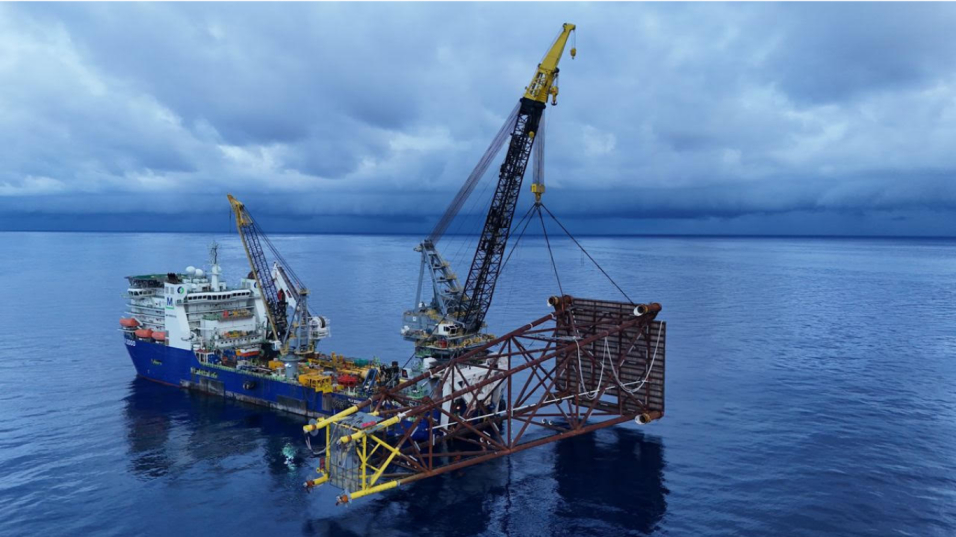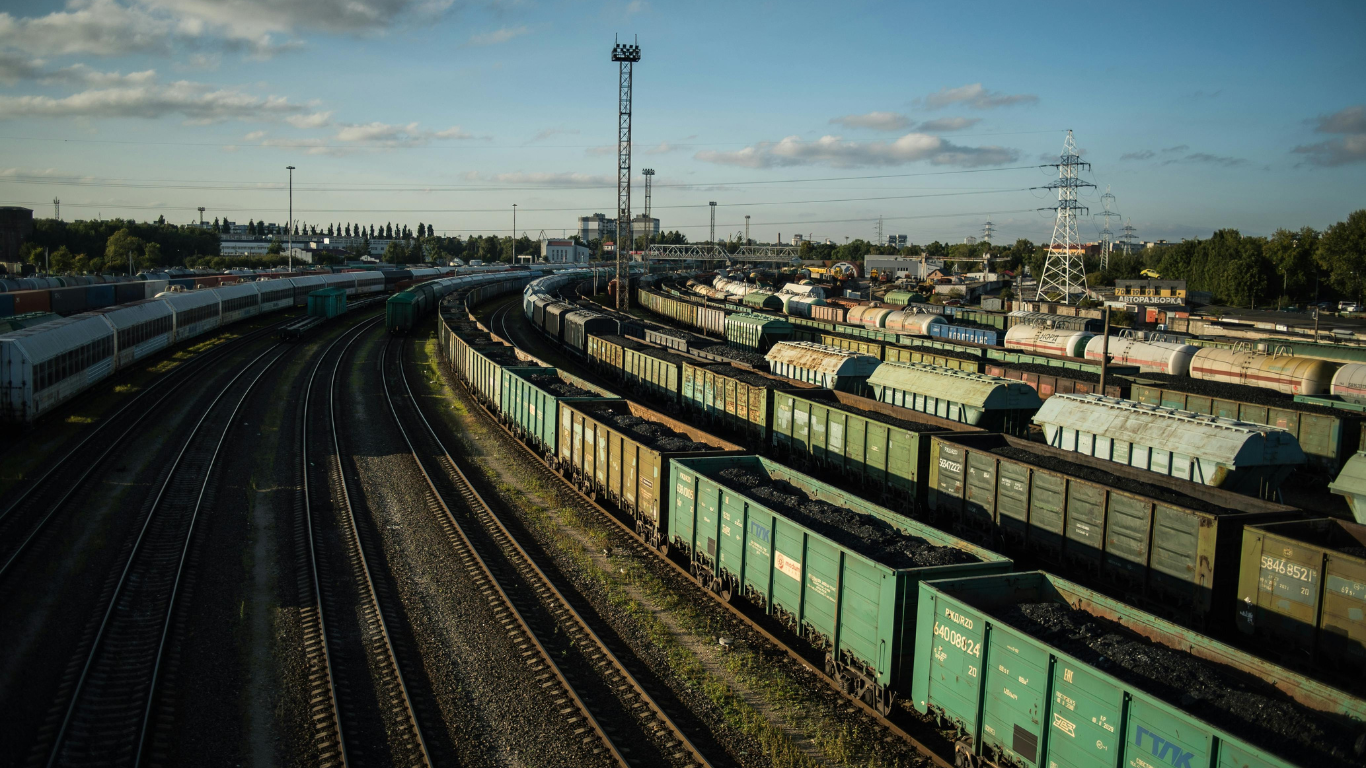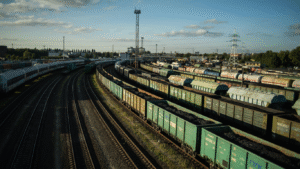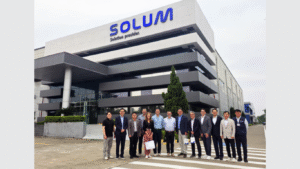McDermott’s Subsea and Floating Facilities business line has been recognised for its exceptional leadership in offshore engineering and construction, securing two prestigious awards from the Singapore-based World Business Outlook magazine:
- Most Premier Fully Integrated Provider of Engineering and Construction Solutions Malaysia 2025
- Best Offshore Engineering Solutions Provider Malaysia 2025
These accolades underscore McDermott’s unrivalled capacity to deliver complex, end-to-end energy infrastructure across the globe, from the Gulf of Mexico to Asia and frontier basins in Africa and South America.
A Legacy of Global Reach and Innovation
Leveraging over a century of collective expertise, a global team of more than 2000 professionals driving subsea and deepwater project execution from Malaysia, Houston, and London, McDermott’s Subsea and Floating Facilities operations stand at the forefront of offshore energy solutions delivery to customers worldwide.
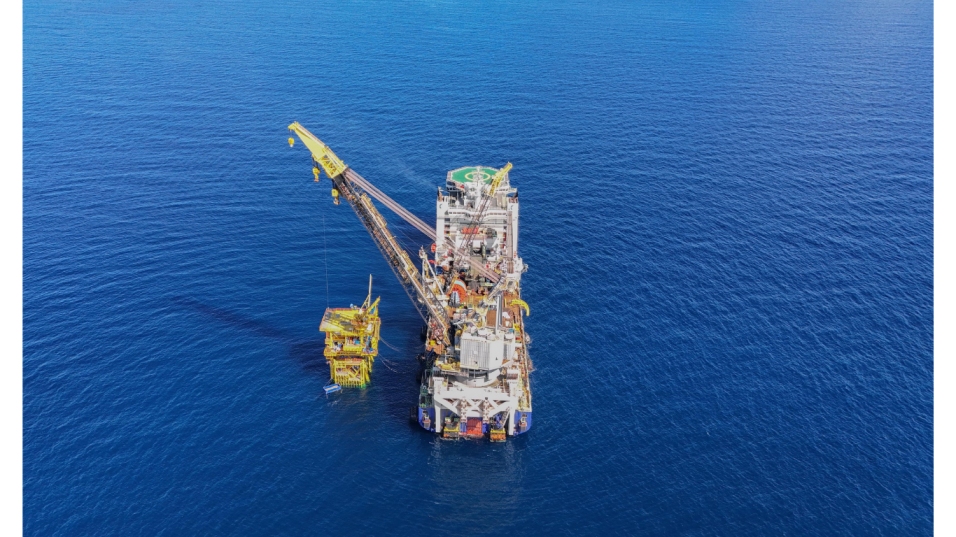
- Engineering, Procurement, Construction, and Installation (EPIC) for subsea production systems, pipelines, flowlines, risers, and umbilicals
- Design and fabrication of floating production, storage, and offloading (FPSO) units
- Modular and field construction for jackets, topsides, and fixed platforms
- Marine construction and installation supported by a versatile fleet of pipelay and construction vessels
- Responsible asset retirement
This integrated model enables McDermott to optimise costs, mitigate risks, and accelerate project timelines. It is this holistic capability—coupled with a focus on safety, quality, and sustainability—that earned the company its “Most Premier Fully Integrated Provider of Engineering and Construction Solutions Provider Malaysia 2025” award. Meanwhile, its deepwater engineering expertise, technology, and track record of delivering offshore projects clinched the “Best Offshore Engineering Solutions Provider Malaysia 2025” accolade.
Why These Awards Matter
The “Most Premier Fully Integrated Provider of Engineering and Construction Solutions Provider Malaysia 2025” award reflects McDermott’s unique ability to unify engineering, procurement, fabrication, and installation under a single umbrella. This integrated delivery model streamlines project interfaces, enhances schedule certainty, and brings cost optimisation. Securing the “Best Offshore Engineering Solutions Provider” title speaks to their deepwater pedigree. From pipelaying at water depths nearing 3,000 meters in the Gulf of Mexico and executing complex welding scopes offshore in West Africa to fabricating the largest and heaviest jacket structure in company history for a project in Western Australia and delivering offshore transportation and installation services in East Malaysia, McDermott’s Subsea and Floating Facilities team consistently delivers technically complex projects with precision and reliability.
Interview with McDermott: Vision, Innovation, and the Road Ahead
To delve deeper into McDermott’s global offshore strategy and outlook, we sat down with Mahesh Swaminathan, McDermott’s Senior Vice President, Subsea and Floating Facilities. Here is an edited transcript of our conversation.
Q1. Tell us about your company’s products and services in the energy sector.

Our Subsea and Floating Facilities business line delivers comprehensive EPIC solutions for offshore projects across shallow to ultra-deepwater environments. We design and install subsea production systems, pipelines, flowlines, risers, and umbilicals, alongside floating production and storage facilities.
Backed by decades of execution experience, dedicated engineering centres, and in-house fabrication capacity, we provide end-to-end delivery of complex offshore infrastructure. Today, we enable energy development from Australasia to Africa, and South America—regions where robust energy security is critical to national growth and development.
Q2. Can you brief us on how your company is leading from the front in the energy transition sector?
When it comes to the transition, it is important to say that we recognise the need for traditional oil and gas to coexist alongside emerging energy sources. The key lies in how we support field development or redevelopment through the replacement of infrastructure to enhance existing production. By deploying smarter engineering, fabrication, and marine construction tools, and by actively working to reduce emissions from our own operations, we help make offshore field development more efficient and environmentally responsible. This approach enables us to contribute meaningfully to a lower-carbon sector while continuing to meet global energy demands. This can involve:
- Designing subsea and floating structures with a reduced emissions footprint over their lifecycle
- Applying advanced materials and digital-centric tools to optimise energy efficiency of these facilities
- Delivering bespoke solutions for the safe and environmentally responsible removal of infrastructure at the end of its operational life cycle
Simultaneously, we look to new frontier oil and gas projects as vital for energy security in emerging markets. Through the subsea infrastructure solutions we offer, we not only help unlock dormant reserves, but also support economies in achieving a balanced energy mix that underpins economic growth while transition pathways mature.
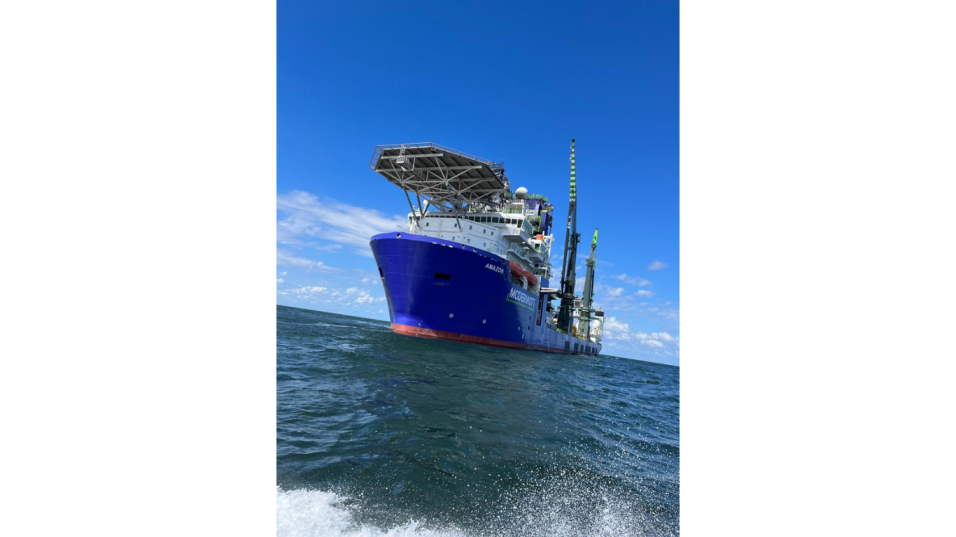
Q3. 2030 is fast approaching. What is your opinion on where the world stands now in terms of the Paris Agreement goals?
I believe it is important to acknowledge that oil and gas will continue to play an essential role in energy security, especially in high-growth regions of Asia, Africa, and South America, where demand is surging. To bridge the gap, projects must be executed with emissions-reduction measures that drive real change. Carbon capture storage also stands out as central to driving down operational carbon intensity. Add to this robust decommissioning and asset retirement plans. Faster permitting and stronger policy frameworks are imperative. Governments and industry must collaborate to streamline regulations, incentivise technology adoption, and mobilise finance toward transitional infrastructure.
Q4. According to you, what is the future of the deepwater energy sector? What are the challenges in this sector that need immediate attention from the world?

As I have alluded to before, I believe the future of the deepwater energy sector remains robust and strategically important, especially as global energy demand continues to grow and mature basins decline. Deepwater projects offer access to large, high-quality reserves that are critical for energy security, particularly in emerging markets. With advancements in subsea technologies and integrated project delivery models, deepwater developments have the potential to continue scaling efficiency and become increasingly aligned with sustainability goals. However, several challenges require urgent attention:
- Carbon Intensity: Deepwater operations are energy-intensive. Reducing emissions across the asset lifecycle, from engineering and fabrication to installation and operations, is essential to align with global climate targets.
- Cost and Schedule Certainty: Despite technological progress, deepwater projects still face risks related to cost overruns and delays.
- Regulatory and ESG Pressures: Operators must navigate evolving environmental regulations and stakeholder expectations around transparency, biodiversity impact, and community engagement.
- Workforce and Skills Transition: As the sector integrates more digital and low-carbon technologies, there’s a growing need to upskill the workforce and attract new talent with expertise in automation and data science.
Ultimately, the deepwater sector must evolve, not just in what it delivers, but in how it delivers it. The companies that lead will be those that combine technical excellence with environmental responsibility and operational agility.
Looking Ahead
As the energy landscape evolves, McDermott remains committed to bridging the gap between existing hydrocarbon infrastructure and a lower-carbon future. Their asset-based positions them to partner with clients in navigating the energy transition while safeguarding global energy security.
McDermott’s current project portfolio and track record demonstrate that operational excellence, environmental stewardship, and strategic innovation can co-exist. As we approach 2030 and beyond, this integrated, balanced approach will be critical to powering resilient economies and achieving the world’s climate ambitions.


